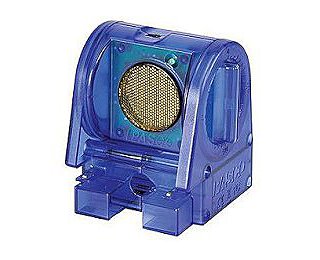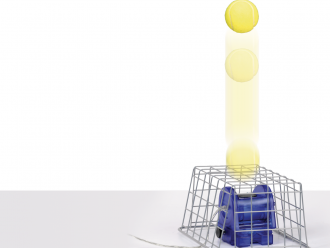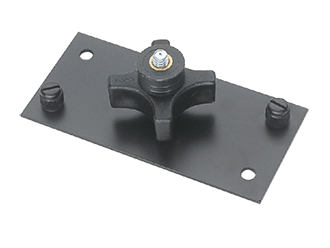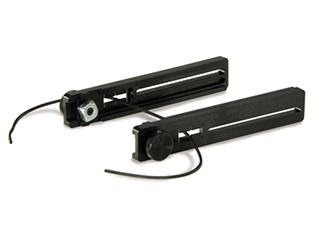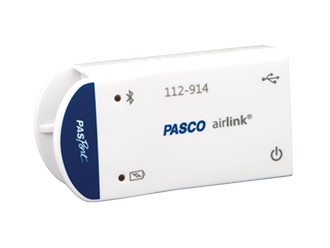Description
Overview
Whether measuring the motion of a ball, a dynamics cart or a person, you need good, clean data from your Motion Sensor. Our Motion Sensor uses false target rejection technology–no more spikes or other discontinuities in your data.
- Objects can be as close as 15 cm, leaving more space on your table for experiments (many motion sensors require objects to be 40 cm away, half the width of a lab table).
- Produces more accurate data from your air track – ignores ultrasonic signals produced by air jets.
Typical Applications
- Discoverthe relationship between position, velocity and acceleration
- Study Conservation of Energy and Momentum during collisions
- Monitor the sinusoidal motion of a mass on a spring
- Measure the motion of large objects, such as students
Special Features
- Reports position, velocity and acceleration
- False Target Rejection Technology for clean data
- Switch-selectable short range and long range settings
- Snaps onto PASCO dynamics tracks
- Mounts directly to rods for easy positioning
- 360° pivoting head
How It Works
An electrostatic transducer in the face of the Motion Sensor transmits a burst of 16 ultrasonic pulses with a frequency of about 49 kHz. The ultrasonic pulses reflect off a target and return to the face of the sensor. The target indicator flashes when the transducer detects an echo.
The sensor measures the time between the trigger rising edge and the echo rising edge. It uses this time and the speed of sound to calculate the distance to the object. To determine velocity, it used consecutive position measurements to calculate the rate of change of position. Similarly, determines acceleration by using consecutive velocity measurements.
Specifications
| Range |
|
| Resolution |
|
| Maximum Sample Rate |
|
| Transducer Rotation Range |
|

